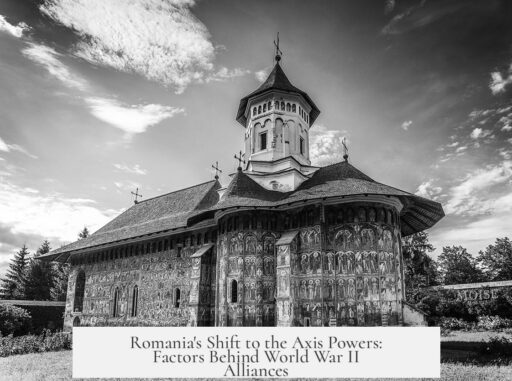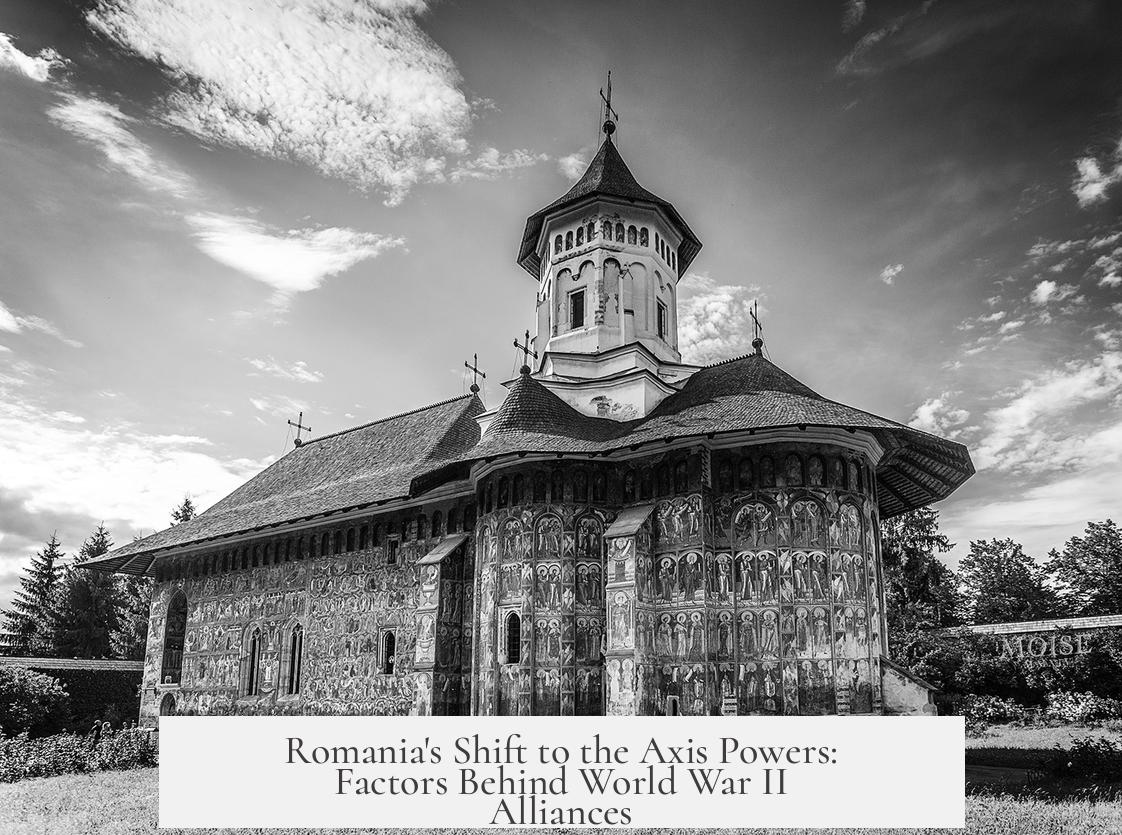Romania joined the Axis powers during World War II primarily to defend itself against the Soviet Union and to preserve its territorial integrity. This strategic alignment stemmed from complex geopolitical events and Romania’s shifting alliances throughout the 1930s and early 1940s.
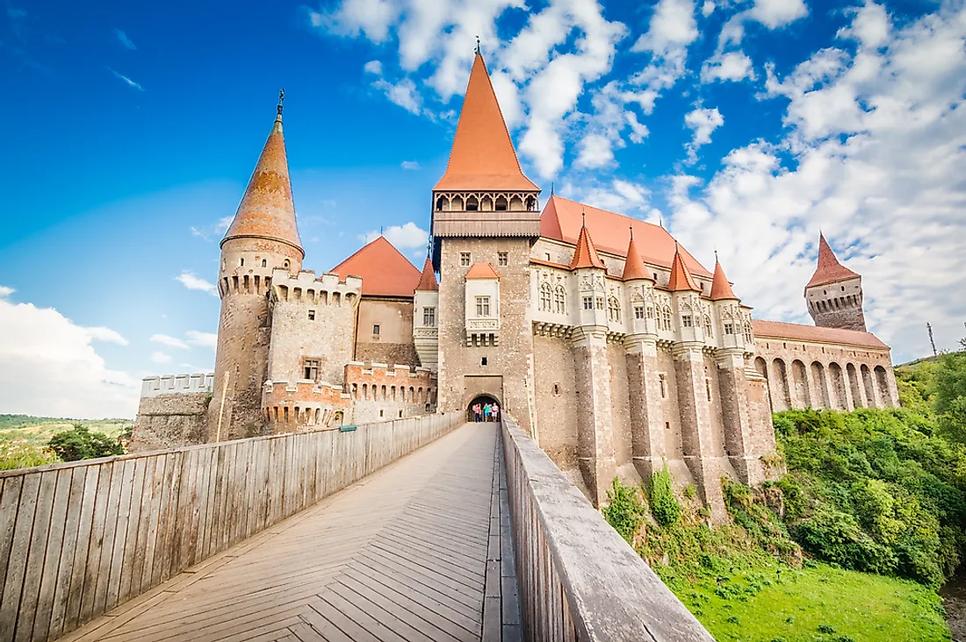
Before 1936, Romanian foreign policy aimed to counterbalance German influence. Nicolae Titulescu, Romania’s foreign minister, pursued alliances with France and the Soviet Union. This approach targeted threats from both Germany and Hungary, particularly concerning territorial disputes over Transylvania. Although Romania successfully signed a pact with the Soviet Union, many Romanians remained wary of Soviet territorial ambitions, especially in Bessarabia and Bukovina—regions within Romania’s northeast. These concerns contributed to Titulescu’s dismissal by King Carol II in 1936.
Three key developments drove Romania toward closer ties with Germany. First, the Munich Agreement of 1938 revealed the reluctance of Britain and France to confront aggressive powers militarily. This signaled to Romania that Western allies might not support it against Hungarian or Soviet threats. The agreement thus highlighted Romania’s vulnerability and influenced its foreign policy to lean toward Germany for protection.
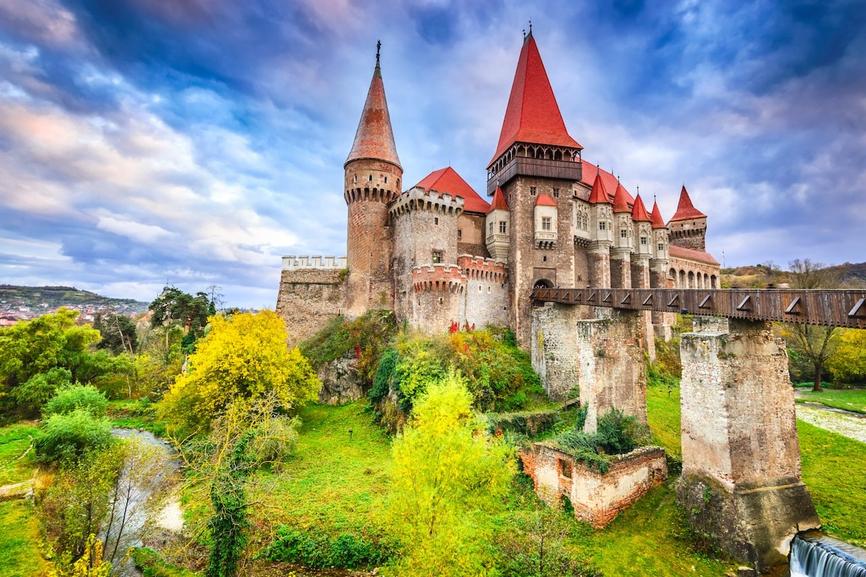
Second, Germany’s takeover of Czechoslovakia further consolidated its regional dominance. This event ended the ‘Little Entente,’ an alliance including Romania, Czechoslovakia, and Yugoslavia. The disintegration of this alliance diminished Romania’s diplomatic support network. Economically, Germany’s acquisition of Czechoslovakia’s Skoda Arms Works shifted Romania’s key weapons supplier from Czechoslovakia to Germany. Efforts by King Carol II to attract British investments failed, leaving Romania dependent on German economic influence. Under Foreign Minister Grigore Gafencu, Romania strengthened economic ties with Germany, including establishing German companies to exploit Romanian oil and other resources.
Third, the 1939 Molotov-Ribbentrop Pact had severe implications for Romania. This non-aggression treaty between Nazi Germany and the Soviet Union included secret protocols dividing Eastern Europe into spheres of influence. The Soviet Union claimed Bessarabia, an area within Romanian borders. Romania was unaware of these secret arrangements initially. When the Soviets pressured Romania to cede Bessarabia and later took Northern Bukovina—territory exceeding even the pact’s original terms—Romania lost confidence in Western help. France had already fallen to Germany by this time. King Carol then explicitly aligned Romania with Germany, seeking security against Soviet advances.

Germany also employed diplomatic tactics in the region that reinforced Romania’s Axis alignment. To secure alliances, Germany compelled Romania to cede territory to Bulgaria and Hungary while offering military protection in exchange. This manipulation positioned Romania as a German client state and placated neighboring countries, enhancing Germany’s regional influence.
Political instability within Romania accelerated its Axis commitment. General Ion Antonescu rose to power amid this upheaval. King Carol II, who had held dictatorial powers since the mid-1920s, transferred them to Antonescu before abdicating in favor of his son, King Michael. Antonescu suppressed internal opposition, including the fascist Iron Guard, and cultivated favorable relations with Adolf Hitler. His government officially joined the Axis through the Tripartite Pact in late 1940, shortly after Hungary did the same. Antonescu eagerly supported the Axis invasion of the Soviet Union, viewing it as an opportunity to reclaim lost territories and secure Romania’s position.
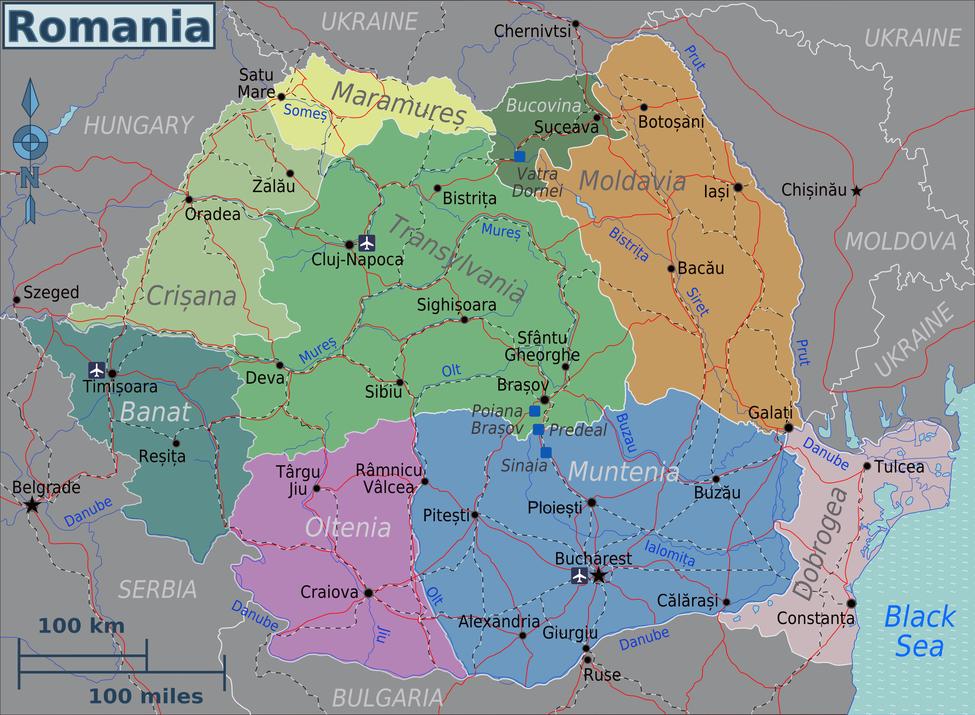
- Romania’s main motive to join the Axis was protection from the Soviet Union and safeguarding territorial integrity.
- Initial alliances with France and the Soviet Union shifted due to distrust and geopolitical changes in Europe.
- The Munich Agreement and Czechoslovakia’s fall showed Romania Western powers’ reluctance to intervene militarily.
- German economic dominance increased after taking over major Czechoslovak companies supplying Romania.
- The Molotov-Ribbentrop Pact secretly assigned Romanian territories to Soviet control, pressuring Romania further toward Germany.
- Germany’s regional diplomacy forced territorial concessions but provided military protection, strengthening their hold on Romania.
- Political changes and the rise of General Antonescu solidified Romania’s Axis membership and participation in the invasion of the Soviet Union.
Why Did Romania Join the Axis in World War 2?
Romania joined the Axis primarily as a defense against the Soviet Union and to preserve its territorial integrity. This was no hasty decision made over a cup of coffee. It involved decades of diplomatic struggles, shifting alliances, and the harsh realities of European power politics in the 1930s and 1940s.

Let’s embark on a journey to understand the complex reasons behind Romania’s alignment with Nazi Germany during World War 2. Spoiler alert: it wasn’t just about ideology or convenience.
The Pre-1936 Foreign Policy: A Tug of War
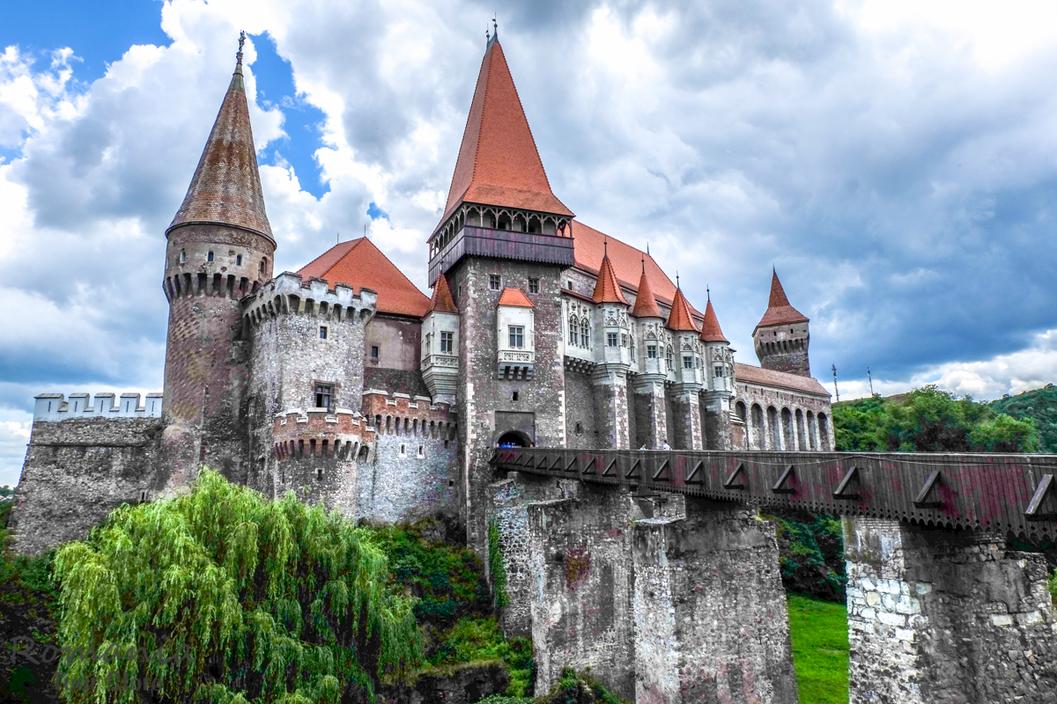
Before World War 2, Romania’s international positioning was a tightrope walk, spearheaded by Nicolae Titulescu, the Romanian foreign minister. Titulescu envisioned Romania forging alliances with France and the Soviet Union to stand against Germany and a looming Hungary, which was eager to reclaim Transylvania.
Sounds like a solid plan, right? But while the Soviet-Romanian pact was inked, many Romanians were suspicious of Soviet ambitions—especially in Bessarabia and Bukovina, parts of northern Romania.

Indeed, this skepticism forced King Carol II to dismiss Titulescu in late 1936, signaling Romania’s distrust of the Soviet Union despite their temporary partnership. It was like trusting a fox to guard the henhouse.
The Munich Agreement: The West Shows Its Colors
Fast forward to 1938. The Munich Agreement happened, and thanks to Britain and France’s unwillingness to challenge Germany’s grab of Sudetenland in Czechoslovakia, Romania got the message loud and clear — the West wouldn’t back them up if trouble came knocking.
This shattered Romanian hopes for Western military support against either the Soviets or Hungary. So, the philosophical question became: If you’re on your own, who do you turn to?
Germany’s Growing Influence: The Economic and Political Embrace
Germany’s takeover of Czechoslovakia had a two-fold impact on Romania:
- Politically: The ‘Little Entente’ alliance between Romania, Czechoslovakia, and Yugoslavia crumbled—a security net Romania had relied on.
- Economically: Germany now controlled Skoda Arms, Romania’s biggest weapons supplier. Suddenly, Germany was the gatekeeper of Romania’s military capabilities.
Attempts by King Carol to attract British investment to counterbalance Germany’s grip failed spectacularly. The British deemed Romanian investments economically risky. As a consequence, Romania drifted more into Germany’s orbit.
Under Foreign Minister Grigore Gafencu, Romania forged tight economic ties with Germany, including German companies tasked with exploiting Romania’s natural wealth, especially its oil—a hugely valuable resource for Germany’s war machine.
The Molotov-Ribbentrop Pact’s Sneaky Surprise
In late August 1939, the world learned of the Molotov-Ribbentrop Pact between Germany and the Soviet Union. What wasn’t public was its secret clause—a kind of “You can have this territory” arrangement in Eastern Europe.
Romania was left in the dark about these secret deals. When the Soviets started demanding Bessarabia back, Romanians perceived this as an existential threat.
Germany had already greenlit Soviet annexation of Bessarabia—and even though the Soviets took more than promised, including Northern Bukovina, Romania was helpless. King Carol knew France couldn’t help; it was already overwhelmed by German forces.
Faced with Ruthless Russia’s advances and Western Europe’s silence, Romania threw in its lot with Germany, hoping for protection, however uneasy that alliance might be.
Germany’s Diplomatic Chess Moves in the Region
Hitler played a masterstroke here. Germany pressured Romania to cede some territories to Bulgaria and Hungary but in return promised to protect Romania’s core territory.
This was quite a diplomatic coup, convincing Romania to become a crucial client state while keeping Bulgaria and Hungary relatively content. Essentially, Germany reshaped Eastern Europe’s map to its advantage.
Political Turmoil and the Rise of Ion Antonescu
With this geopolitical storm raging, Romania’s internal politics became unstable. Enter General Ion Antonescu, who rose to power as a dictator after King Carol handed over his own dictatorial powers. Soon after, King Carol was out, replaced by his son Michael.
Antonescu crushed the Iron Guard, a fascist group which initially supported him but then rebelled. His hold on power was secure by late 1940.
And here’s where Romania firmly cemented its Axis loyalty: Antonescu signed the Tripartite Pact just days after Hungary, firmly committing to Hitler’s camp. When Hitler revealed plans to invade the Soviet Union, Antonescu was practically giddy—he wanted in.
Romania’s Shift Back to the Allies in 1944
The story didn’t end there. In 1944, King Michael led a coup that ousted Antonescu, switching Romania’s alliances to the Allies. A dramatic twist, but one that came after the brutal realities of war.
So, Why Did Romania Join the Axis?
Romania’s decision boils down to a desperate bid for protection against the Soviet Union and to retain its territory. The West showed little interest or ability to help. Germany, however, wielded both economic influence and military prowess.
Cut off from reliable friends, trapped by secret agreements, and squeezed by regional neighbors, Romania saw alignment with Germany as the lesser of many evils.
This wasn’t a glamorous or simple choice—it was survival in a rapidly changing world.
Lessons from Romania’s WW2 Alliance Shift
- Geopolitics can force uneasy alliances. Romania’s alignment shows how countries sometimes support one flawed power to deter a greater threat.
- Economic dependency shapes political choices. Romania became economically entwined with Germany long before joining the Axis.
- Secret treaties and great power games harm smaller states. The Molotov-Ribbentrop Pact blindsided Romania and weakened its position.
We often think of World War 2 alliances in black-and-white terms, but Romania’s story shows shades of grey—a tangle of fear, pragmatism, and shifting loyalties in a brutal landscape.
So next time you wonder why Romania chose the Axis, remember: sometimes, history pushes nations into impossible choices, and survival can look a lot like compromise with the devil.
